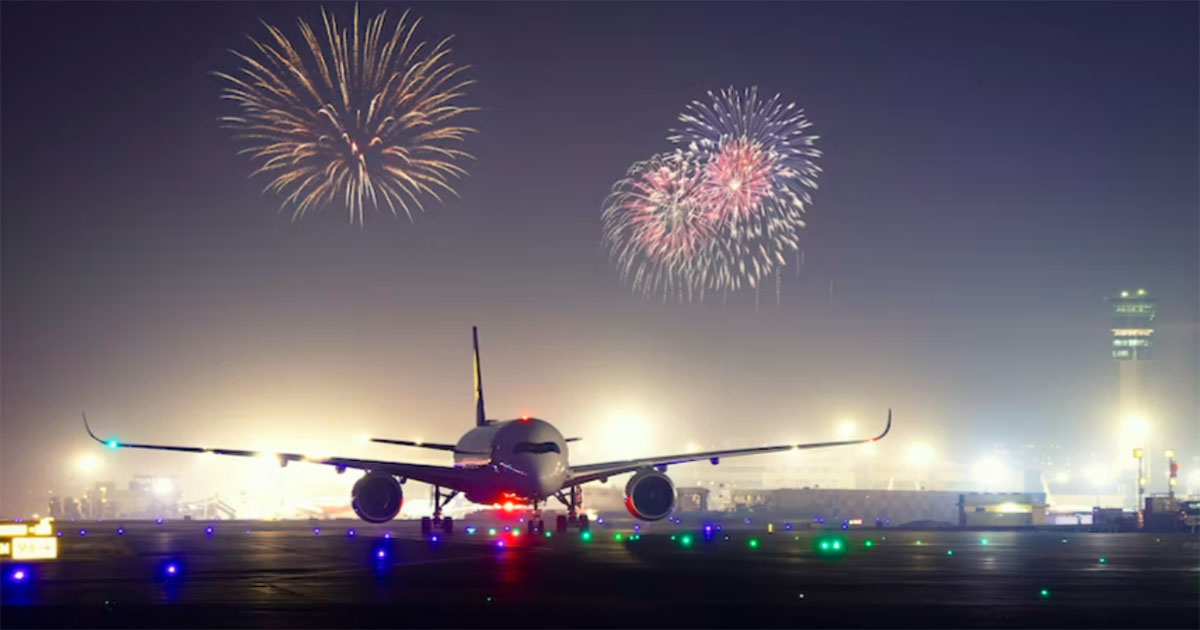Follow us on Telegram for the latest updates: https://t.me/mothershipsg
Singapore Airlines hit record revenue and profit for the 2022/23 financial year, it announced on May 16.
This was after traffic picked up after border openings early in 2022.
For the year ended March 31, 2023, SIA hit a record revenue of S$17.78 billion -- a 133 per cent increase from March 2022’s S$7.62 billion.
The company posted a net profit of S$2.16 billion.
A year earlier, it suffered a loss of S$962 million.
Operating profit hit S$2.69 billion, whereas it suffered a loss of S$610 million a year earlier.
Dividend payout
SIA is looking to pay a total dividend of 38 cents per share for FY2022/23.
This dividend comprises the final dividend of 28 cents per share for FY2022/23, as well as the interim dividend of 10 cents per share paid in December 2022.
Breakdown of other details
Expenditure rose 83.4 per cent to S$15.08 billion, which was attributed to a 138 per cent increase in net fuel costs, as well as a 61.5 per cent increase in non-fuel expenditure, among other factors.
A near 50 per cent increase in fuel prices saw a S$3.02 billion rise in net fuel cost, but was partially offset by higher fuel hedging gains.
Cash and bank balances were up S$2.5 billion year on year to S$16.3 billion.
Six times the volume of passengers
SIA and its low-cost carrier Scoot carried 26.5 million passengers during the past year -- six times the volume a year earlier.
The group’s passenger load factor (PLF) jumped to the highest in its history, from 30.1 per cent to 85.4 per cent.
PLF refers to the percentage of available seats on a flight filled by passengers.
The group’s passenger capacity reached 79 per cent of pre-Covid-19 levels in March.
SIA achieved a record PLF of 85.8 per cent.
Scoot achieved a PLF of 83.9 per cent.
The PLF is projected to reach an average of around 83 per cent of pre-Covid-19 levels in the first half of FY2023/24.
The SIA statement added:
At the onset of the Covid-19 pandemic in 2020, the group acted swiftly and decisively to shore up liquidity and build its financial resilience.
This strong liquidity position, and the confidence it engendered, enabled the group to take a long term view and make several strategic decisions ahead of the recovery in global air travel.
SIA and Scoot retained most of their talented staff, who were ready to step up when called upon.
A large proportion of the group’s aircraft fleet were kept operational, albeit at low utilisation levels in the early phase of the recovery, ensuring that they were properly maintained and fully functional.
The group built up a strong base network in a deliberate and calibrated manner, ensuring that SIA and Scoot were in position to ramp up ahead of any return in passenger traffic.
Top photo via Unsplash
If you like what you read, follow us on Facebook, Instagram, Twitter and Telegram to get the latest updates.
